An Introduction
Biohacking, a term gaining traction in scientific circles and beyond, delves into the realm of optimizing human biology to achieve enhanced performance and longevity. This article explores the multifaceted world of biohacking, ranging from conventional approaches to the avant-garde.
Understanding Biohacking
At its core, biohacking seeks to improve various facets of human life, encompassing physical, mental, and even longevity aspects. Biohackers strive to achieve these goals through diverse methods, from lifestyle changes to cutting-edge technologies.
Types of Biohacking
- "Biohacking" - Everyday Optimizations
- In this category, biohackers explore supplements, cold exposure (ice baths), nootropics, and practices aimed at immediate improvements in well-being and cognitive function.
- DIY-Biology
- Venturing into the realms of DIY-biology involves hands-on exploration, including revolutionary tools like CRISPR. Organizations like The ODIN empower individuals to engage in genetic experimentation.
- Grinding and Advanced Body Modification
- Grinding represents the avant-garde of biohacking, where individuals employ advanced implants and electronic devices to augment human capabilities. This section delves into the fusion of technology and biology, pushing the boundaries of what it means to be human.
Standard Biohacking
The realm of normal or mainstream biohacking encompasses accessible interventions that individuals can easily incorporate into their daily lives. These practices aim to enhance overall well-being, cognitive function, and physical performance. Here are several common forms of biohacking in this category:
1. Supplements
Supplements play a pivotal role in biohacking by providing essential nutrients and compounds that may be lacking in a person's diet. Some popular biohacking supplements include:
- Omega-3 Fatty Acids: Known for their cognitive benefits, omega-3s are commonly sourced from fish oil and are believed to support brain health.
- Vitamin D: Often taken to address deficiencies, vitamin D is crucial for bone health and immune function.
- Nootropic Supplements: These include substances like racetams, modafinil, and other cognitive enhancers believed to boost memory, focus, and overall brain function.
2. Nootropics
Nootropics, also known as "smart drugs," are substances that claim to enhance cognitive function. While research is ongoing, some widely used nootropics include:
- Caffeine: A common stimulant found in coffee and tea, caffeine is known for its ability to improve alertness and concentration.
- L-Theanine: Often combined with caffeine, L-theanine is believed to promote relaxation and reduce the jittery effects of stimulants.
- Racetams: These are a class of synthetic nootropics thought to improve memory and cognitive function.
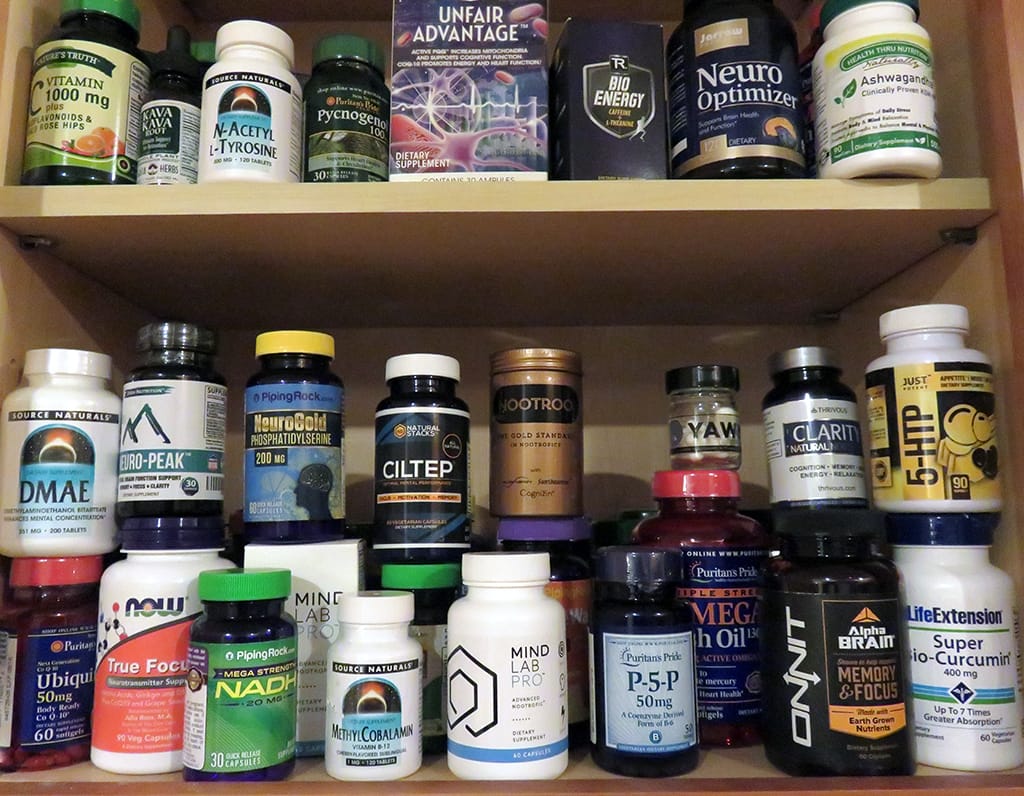
3. Lifestyle Changes
Simple adjustments to one's lifestyle can have a profound impact on overall well-being. Biohackers often explore:
- Intermittent Fasting: A dietary approach involving cycles of eating and fasting, believed to have metabolic and cognitive benefits.
- Quality Sleep: Prioritizing and optimizing sleep is crucial for cognitive function, mood regulation, and overall health.
- Physical Exercise: Regular physical activity is considered a fundamental biohack, promoting not only physical fitness but also mental well-being.
- Cold Exposure: Utilizing the benefits of cold exposure to the human body through ice baths, cold showers, the "Wim Hof Method, and more.

DIY-Biology
DIY-biology represents a hands-on approach to biohacking, allowing enthusiasts to delve into genetic experimentation and exploration. This section explores the tools, technologies, and organizations that define the realm of DIY-biology.
1. Genetic Experimentation with CRISPR
CRISPR (Clustered Regularly Interspaced Short Palindromic Repeats) has revolutionized the field of genetic engineering. DIY-biologists leverage CRISPR technology to explore and manipulate their genetic code. This powerful tool allows for precise modifications, sparking innovation and experimentation.

2. The ODIN and DIY-Biology Resources
The ODIN stands out as an organization at the forefront of democratizing genetic experimentation. It provides kits, tools, and educational resources for aspiring biohackers. Enthusiasts can access CRISPR kits, allowing them to experiment with genetic modifications in a controlled and informed manner.
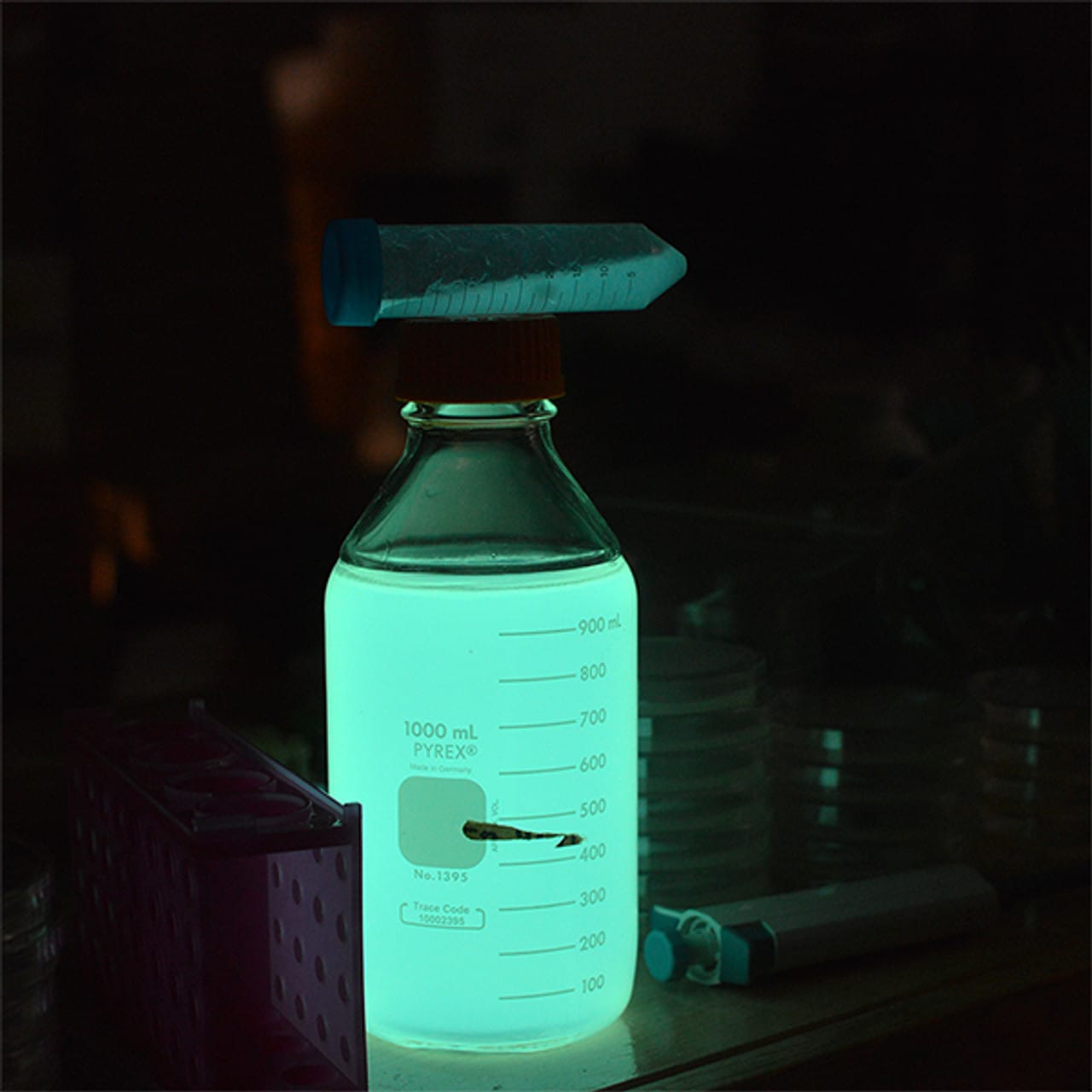
3. Hands-On Exploration
DIY-biology encourages a hands-on approach to learning and experimentation. Biohackers may engage in activities such as:
- Amateur Genetic Engineering: Using CRISPR kits to modify genes, creating a platform for learning and discovery.
- Bacterial Transformation: Experimenting with genetic material by introducing new genes into bacteria, a common and educational practice.
Grinding and Body Modification
At the forefront of biohacking, grinding represents a pioneering exploration into the integration of advanced technologies with the human body. This section delves into the diverse world of grinding, which involves pushing the boundaries of conventional biohacking, often involving transhumanistic principles.
1. Microchips and Subdermal Implants
In the realm of grinding, individuals opt for more advanced interventions, including the implantation of microchips and subdermal devices. These devices can include:
- RFID (Radio-Frequency Identification): Subdermal RFID implants enable individuals to interact with various systems, from unlocking doors to accessing personal information with a wave of their hand.
- NFC (Near Field Communication): Similar to RFID, NFC implants facilitate short-range communication and are utilized for tasks like contactless payments.
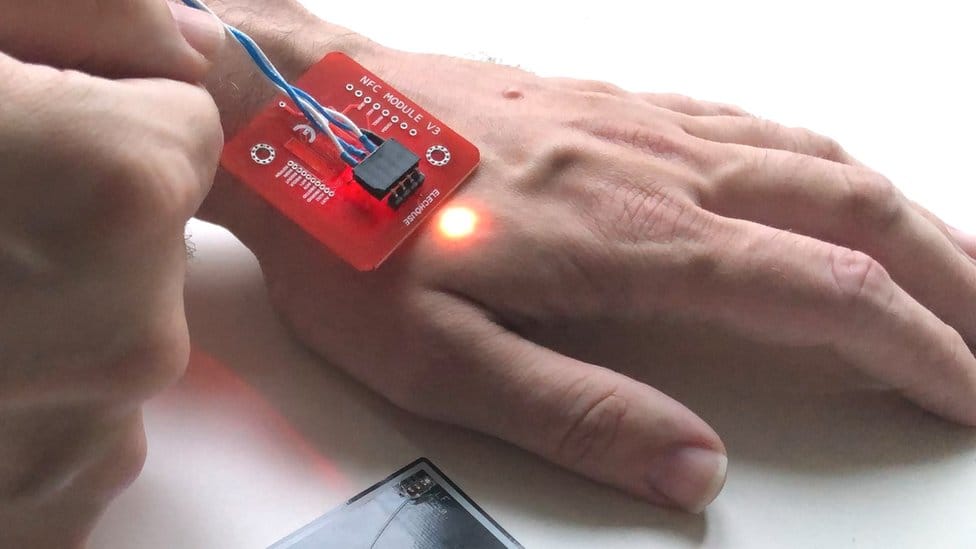
2. Biomagnets
Biomagnets are small magnets implanted under the skin, often in the fingertips. This form of grinding allows individuals to sense magnetic fields, expanding their sensory capabilities beyond natural human abilities.

3. Advanced Biohacking Devices
Beyond basic implants, advanced biohackers explore devices that go beyond traditional boundaries, such as:
- Augmented Reality (AR) Implants: These implants enhance visual perception by overlaying digital information onto the user's natural field of view, blending technology with the human sensory experience.
- Enhanced Hearing Implants: Some biohackers opt for implants that augment their auditory capabilities, allowing them to hear frequencies beyond the normal human range.

4. Transhumanism and Redefining Human Potential
Grinding is intimately connected to the principles of transhumanism, a movement that advocates for the enhancement of human capabilities through the integration of technology. In the pursuit of transcending biological limitations, biohackers engaging in grinding aim to redefine what it means to be human.
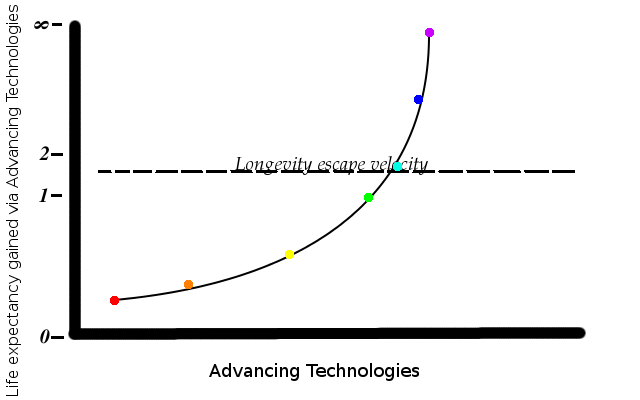
Conclusion
Biohacking, in its various forms, represents a dynamic and evolving field. From everyday optimizations to the frontier of advanced technologies, biohackers are reshaping the boundaries of human potential. As we navigate this brave new world, it is essential to understand the ethical implications and potential societal impacts of these transformative practices.
Note: This article is intended to provide an overview of biohacking and does not endorse or encourage any specific practices. Consult with healthcare professionals is highly encouraged.


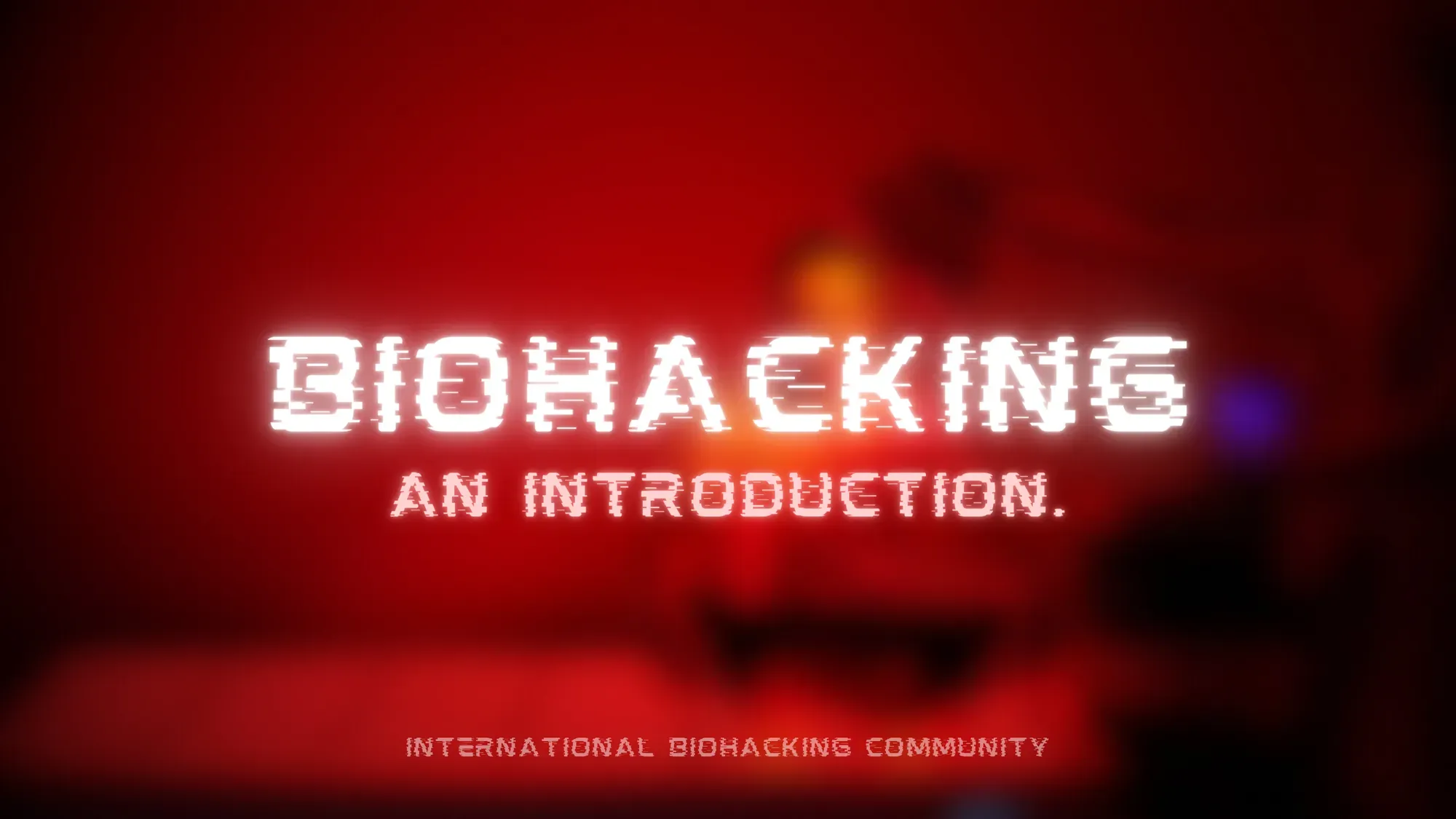



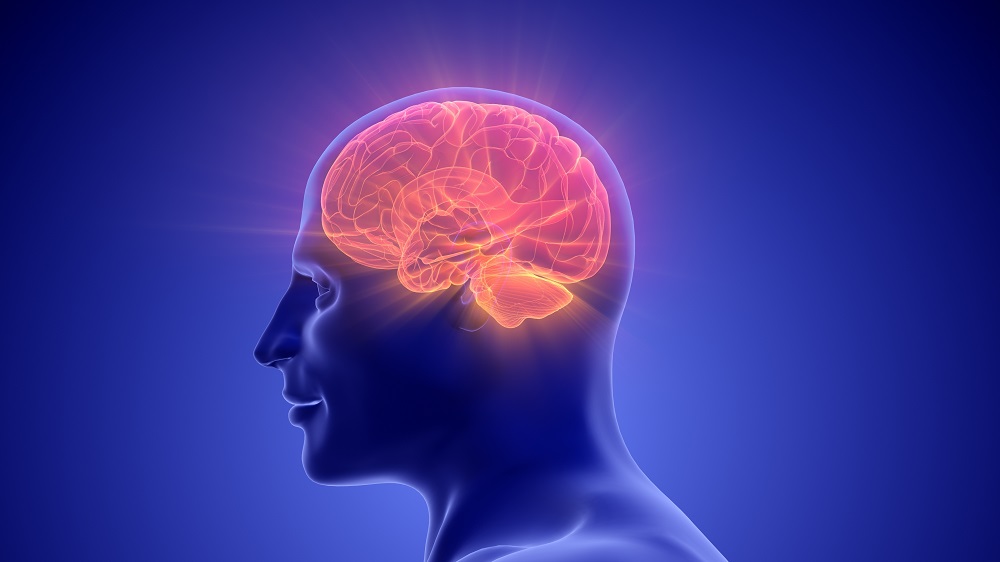

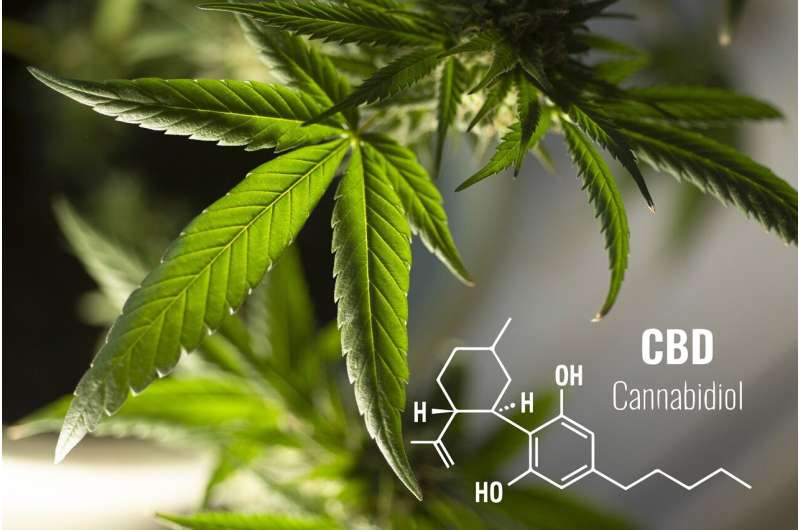





Discussion